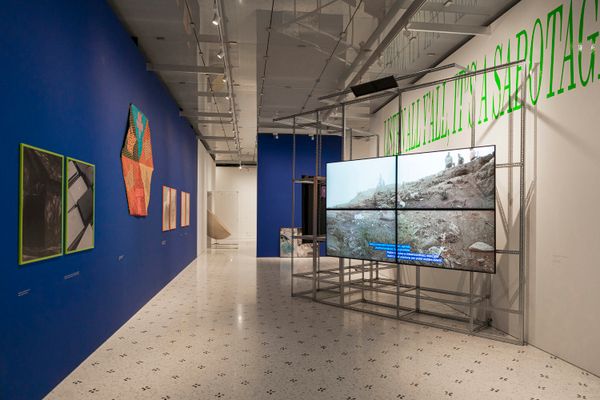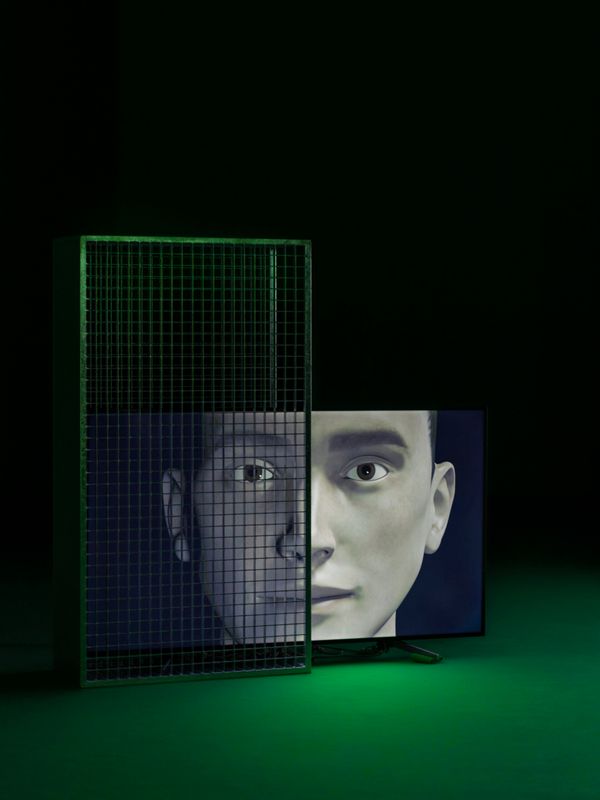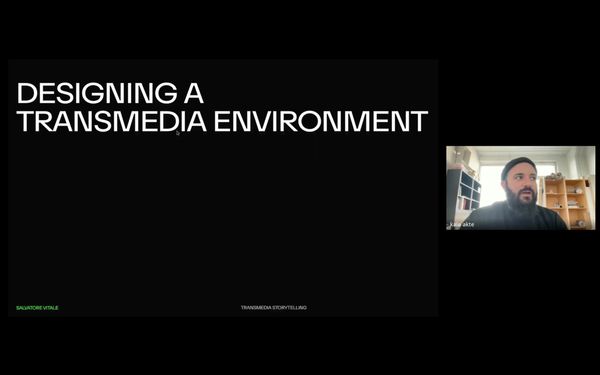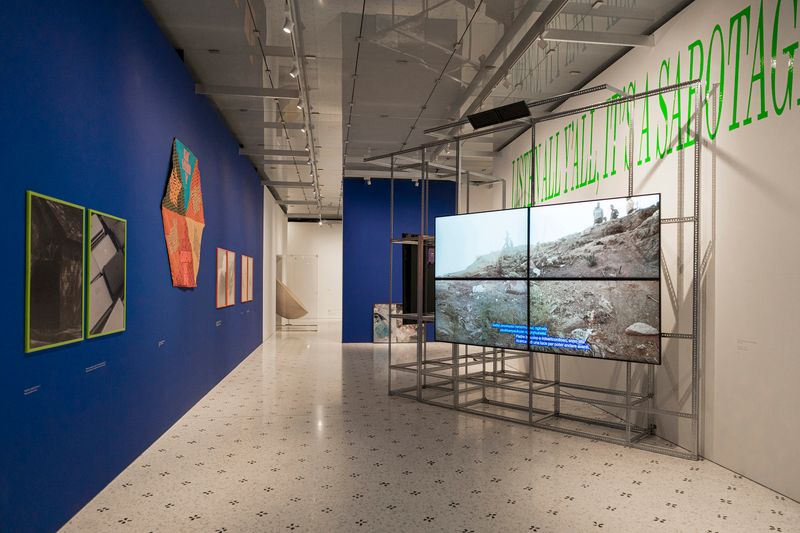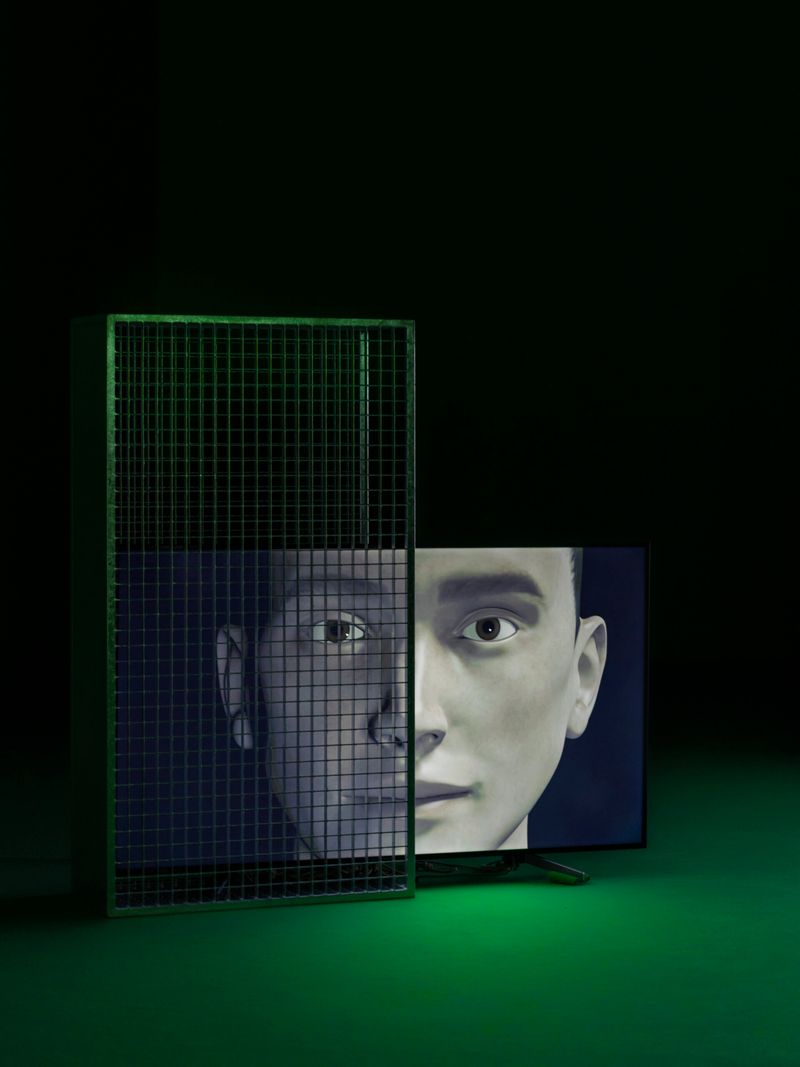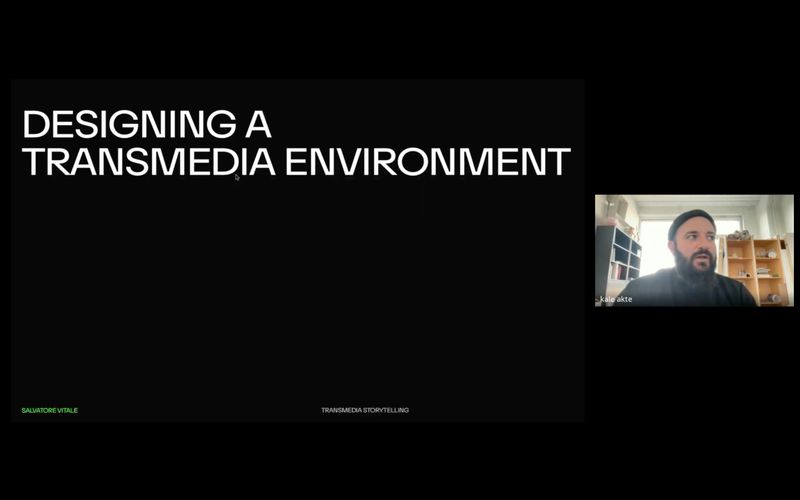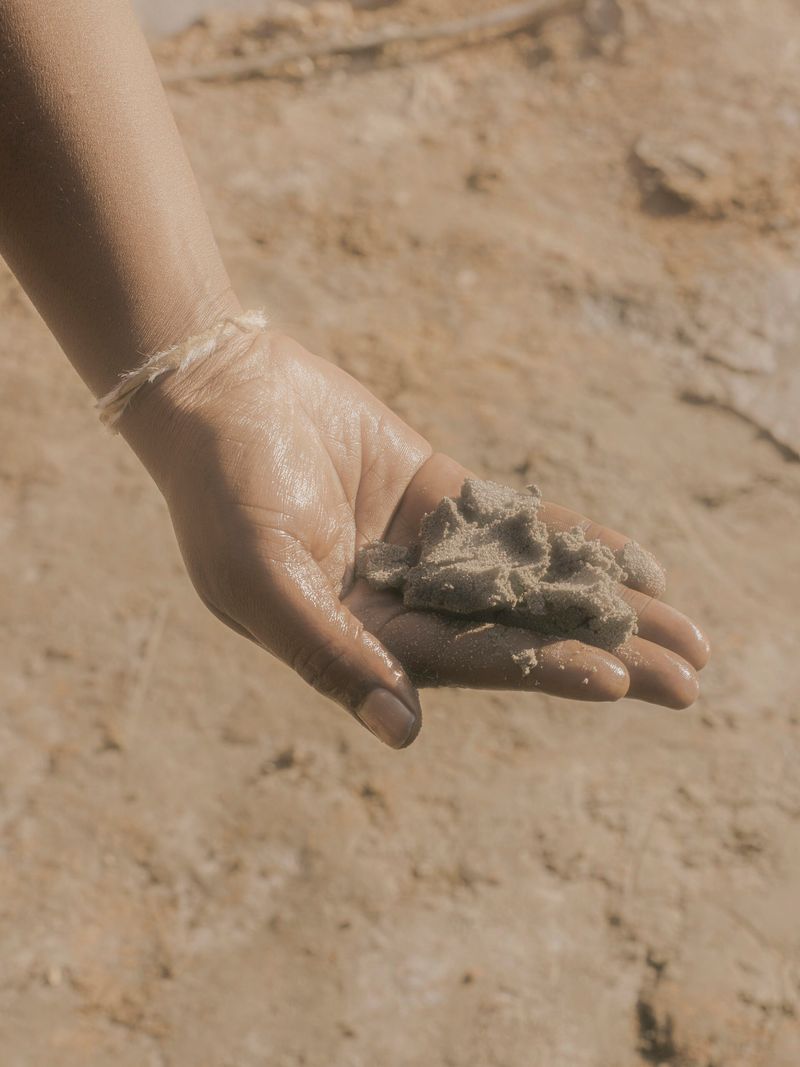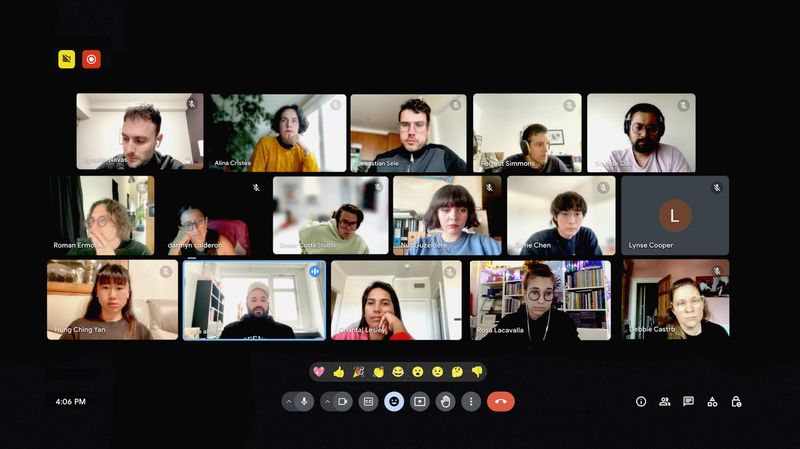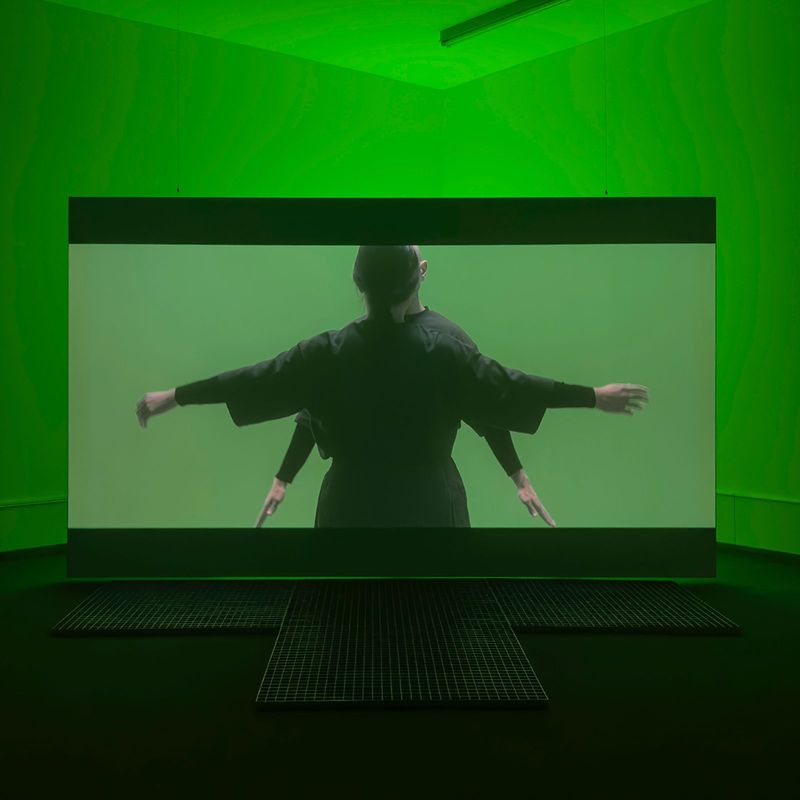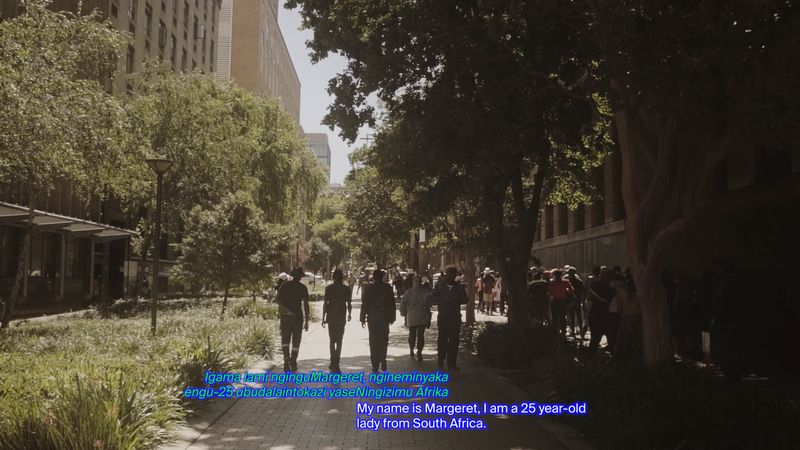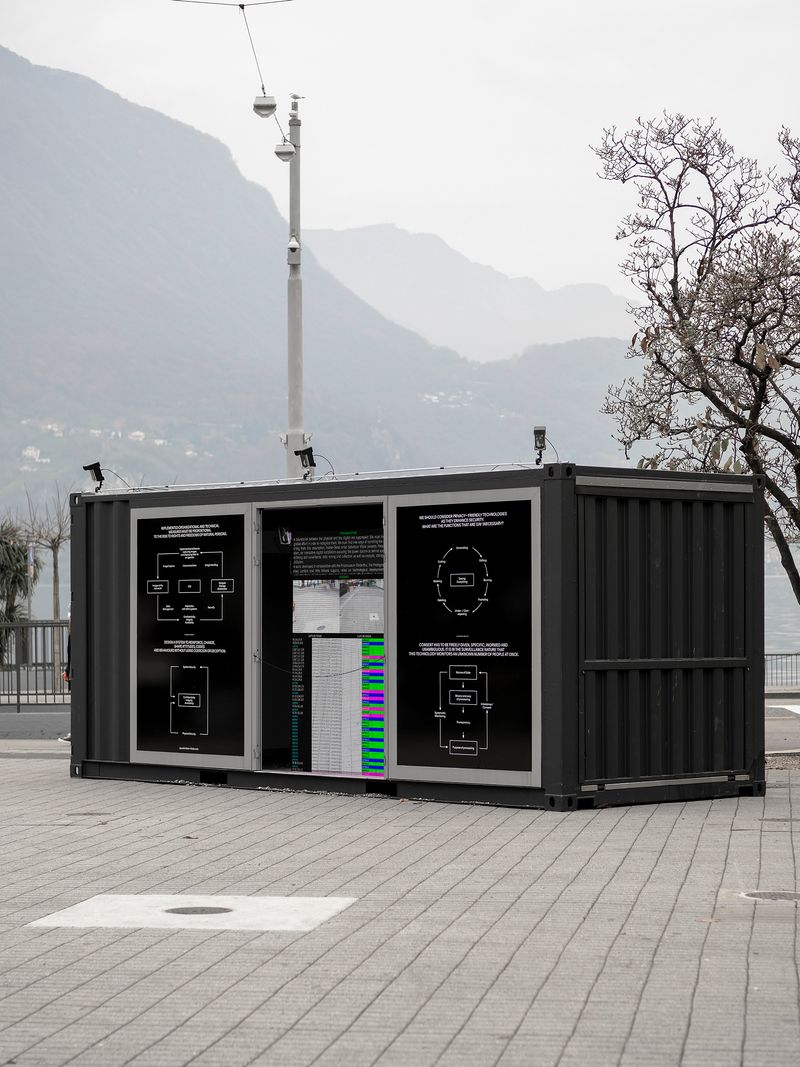Experimenting and Enjoying The Process with Salvatore Vitale
-
Published21 Apr 2025
-
Author
Valuing the transmedia dimension, Salvatore Vitale emphasizes the freedom students have in developing projects, embracing a non-linear approach and dedicating significant time to discussing works, references and narrative structures.
Applications are now open for the next edition of MEDIAE 2025/26, the PhMuseum's Online Masterclass on Transmedia Storytelling led by the Swiss-based artist, editor and educator. Mixing theoretical seminars with practical sessions, and individual meetings with group classes, Vitale will inspire and challenge emerging practitioners to develop narrative projects. He will guide them in exploring diverse research, production, and dissemination methods, culminating in a transmedia project that thoughtfully integrates photography with other media to create a more immersive and engaging experience.
Ciao Salvatore, thanks again for joining our Masterclass Program for the third consecutive year. How was your experience so far?
My experience has been definitely positive. The way the masterclass is conceived is lively and dynamic, making it engaging and stimulating. The online environment doesn’t hinder the production aspect of the masterclass. Instead, it enhances the exchange and group dynamics. The accessibility and welcoming of different backgrounds among the participants is a significant added value that I greatly appreciated. There is something special about becoming part of a small community that meets regularly to discuss works and exchange ideas on various topics within photography. This sense of community fosters creativity, support and a deeper understanding of the medium, enriching the overall experience.
During the masterclass, students start with a project and make their process grow. Can you give us some insights on what this process is usually like?
The process embraces a non-linear approach, reflecting the nature of our work in the masterclass. Jokes aside, I give a lot of freedom to the students in how they want to develop their projects. While some classes are fully devoted to understanding how to work within a transmedia environment and think about their work in relation to a multi-layered narrative, a significant amount of time is also dedicated to discussing works and references, dissecting narrative structures, learning to use different tools, and exploring how photography can coexist within a broader media landscape.
The masterclass is process-oriented, so I tend not to put too much pressure on the outcome. I believe that giving space to experimentation and enjoying the process is a winning approach when tackling transmedia storytelling. Theory and a specific toolkit play crucial roles in the process, but there is ample room to expand and build upon these foundations. We also discuss strategies to present works in a spatial understanding of photography and we devote a good amount of time to understanding the relationship between the production of the project in correlation to the way it is delivered and consumed by the audience. This approach is meant to encourage the participants to develop their unique approaches and fosters a deeper engagement with their work.
Why do you consider transmedia storytelling relevant these days? Which aspects of it do you find most challenging for the participants and which are more inspiring?
Transmedia storytelling is an approach that favors the co-existence of multiple media to narrate a story. I believe it is particularly relevant today as it allows for a certain level of complexity, enabling the development of different narratives and storylines that, together, provide a more comprehensive picture of the story. This approach addresses a visible need in our contemporary world: delving deeper, using narrative strategies to find ethical representations and creating work that embraces a plurality of voices and media.
Furthermore, transmedia storytelling allows for considerable freedom in adopting different strategies, such as fiction, non-fiction, immersive experiences, and experience-based approaches. It also actively involves the audience in the story's construction, making them participants rather than mere spectators. This reflects our current way of consuming images and, more broadly, content. We now engage with stories across various platforms, each medium offering a unique perspective that contributes to a richer, more engaging narrative experience.
This approach not only enhances storytelling but also fosters a more inclusive and dynamic way of sharing and interpreting stories.
What draws you to teaching and do you have any core ideas or methods that you wish to share through it?
Teaching is definitely a vital part of my artistic research. I enjoy sharing my own experiences and contributing to the creation of projects that explore various aspects of the world. Teaching is a dynamic experience that fosters discoveries. I find it exciting not only to share knowledge but also to create it collaboratively within a group.
In my previous replies, I mentioned some of my methods. I deliver structured content, but I also emphasize the importance of the process, leaving ample space for students to find their unique voice. This unique voice can become a milestone in their creative process and, consequently, in the construction of their work. I never impose a rigid method; instead, I structure my teaching around a blend of theory, practice and open dialogue.
I believe that creating an environment where students feel encouraged to experiment and explore is crucial. This approach helps them develop their own perspectives and methodologies. One of my goals is to facilitate a learning experience that is both informative and transformative.
In the broader panorama of photography education, what do you aim for this program to bring to the table? Do you have any advice to share with prospect participants?
My wish is that this program inspires students from diverse backgrounds to understand photography in a broader, more inclusive way. To join this masterclass, students need to come with an open mind and a willingness to explore methodologies not typically included in a traditional photography program. However, based on my experience, I see that this broader approach is already being embraced in several academies.
This program aims to provide a comprehensive overview of what is possible in the realm of photography and visual storytelling. It is structured to give the participants tools to broaden their conceptual and critical thinking. It encourages a more complex, deeper understanding of the medium, highlighting non-linear and multi-layered narrative approaches. By integrating various techniques and perspectives, students can develop a richer, more nuanced view of photographic storytelling. Furthermore, this program emphasizes the importance of interdisciplinary learning and the co-existence of different media to tell a story. It reflects the current trends in how we consume and produce content, fostering a more holistic approach to visual narratives.
--------------
MEDIAE Online Masterclass On Transmedia Storytelling s part of PhMuseum's educational program, comprising five different masterclasses that will all share a single intake period running until 5 June, with classes beginning in October 2025. Each course is tailored to meet the needs of emerging photographers, artists, curators, and contemporary storytellers looking to bring their methods to the next level. Check out which program suits you best at phmuseum.com/education
--------------
Application key dates, scholarships and participation fee
Before 8 May – If you apply by this date, you are eligible for the full scholarship. In your motivational letter, explain why you’d be a strong candidate, and how you would benefit from this support.
Before 8 May – If you apply by this date, you can save €350. All applications submitted for the scholarship will be automatically eligible for the Early Bird Fee of €1,850.
Before 5 June – If you apply by this date, you can join the program by paying the Regular Fee of €2,200. Since applications will be reviewed on a continuous basis, early submissions receive priority for seat allocation.
If you are offered a place, PhMuseum is happy to write you a supporting letter when you try to secure any external funding opportunities. In previous editions of our masterclasses program, the candidates' fees were covered thanks to the generous contribution of the IWMF Howard G. Buffett Fund for Women Journalists, Mondriaan Fonds, Arts Council Malta, and other programs. Read our guide to 2025 Education Funding for Visual Artists about opportunities that can help you secure funding.
